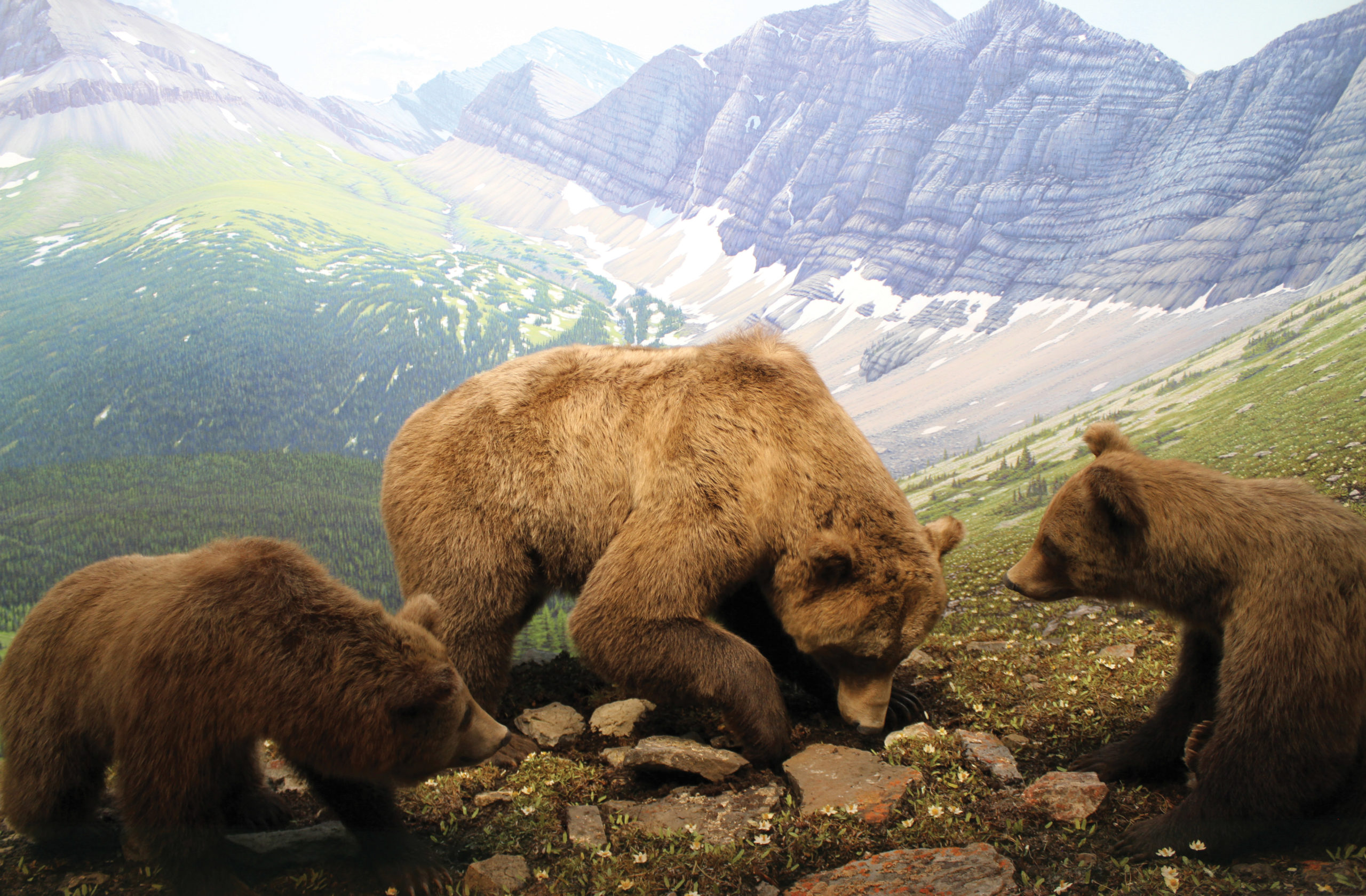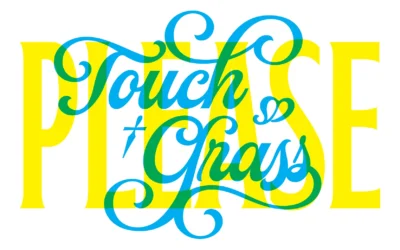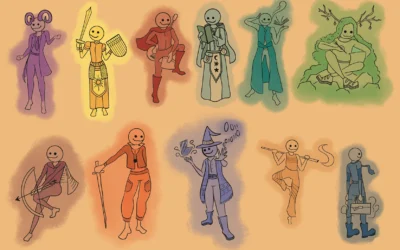The Royal Alberta Museum’s (RAM) new building opened its doors in October of last year, and the new features are a sight to behold. The museum is open until 8 p.m. on Thursdays, making it a great choice to shake up your date routine.
“The museum covers millions of years of history of the landscapes, animals, and people that made up Alberta,” says Kelsie Tetreau, communications officer for RAM.
There are five galleries: a bug gallery, children’s gallery, natural history gallery, human history gallery, and a feature gallery. At this time, there is nothing in the feature gallery, but an exhibit will become available in Spring 2019.
“My favourite, the natural history area is really cool, because you have our giant mammoth, mastodon casts, and the wildlife dioramas that a lot of people really like,” says Tetreau.
The natural history gallery has four separate sections. The first section to the far left of the entrance covers gems and minerals. The central space to the left focuses on ancient Alberta and has information on how the Rocky Mountains were formed, different fossils, etc. To the furthest right of the entrance to the all is the Alberta wildlife section which contains dioramas and other information about animals living in Alberta.
The fourth section of the natural history gallery is one of the more spectacular sights of the museum. The Ice Age section contains large casts of animals — from mammoths and saber tooth tigers, to giant sloths the size of minivans — and they are amazing to see.
“The Ice Age area is very ‘Instagrammable,’ a lot of people like to come and take pictures here,” Tetreau says.
The human history gallery covers all the people that helped shape Alberta into the province we see today. The gallery is a large space where, if walking clockwise from the entrance, goes chronologically from the earliest peoples 15,000 years ago, all the way to Alberta becoming a province and being shaped to the modern view — with European settlers colonizing and the near extinction of the buffalo in-between.
“There’s a lot of Indigenous content in this area, and those stories are woven in throughout all the different areas, there’s not separate galleries in here, it’s all just kind of one big hall,” Tetreau says.
The children’s gallery is geared towards children ages eight and under, and has a large amount of hands-on activities. The bug gallery contains the only living exhibits and allow patrons to see the creatures in their natural habitats. There are anywhere from 150 to 300 different species of bugs to see from Alberta and all over the world.
“We also have some multimedia that shows unique characteristics and things the bugs do that you might not see on a regular day. Maybe it’s something that only happens at night, or once a year … So we have some videos that accompany the displays that show these kinds of things,” Tetreau says.
Although the galleries are paid spaces, not every area in the museum requires admission. The café and gift shop are free to explore without entering the museum galleries.
“The shop has a lot (items from) local artisans, really good gifts, it’s not chintzy souvenir stuff, and the café has a lot of locally sourced food as well. So students can come and grab a coffee and buy a gift if they want to without having to pay admission,” Tetreau says.
Price of admission is $19, but if anyone plans to come to the museum more than once, the mammoth pass lets people go to the museum as many times as they would like for an entire year, and it gives discounts at the café and gift shop. The museum has a lot to offer, and is a great way to spend a couple hours learning about Alberta’s history. With around 5,300 items on display, there is plenty to see, read, and enjoy.
Photograph by Lydia Fleming.





0 Comments